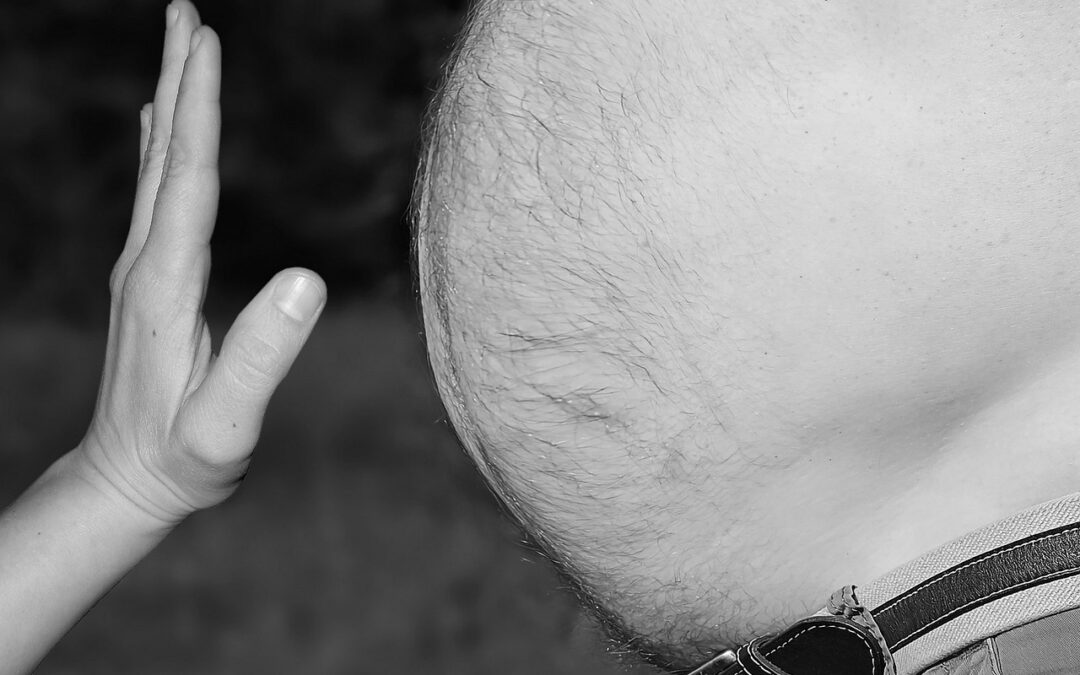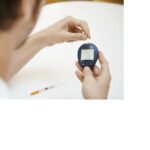Diabetes prevention of type 2 diabetes is possible
Are you thirsty? You may be experiencing a symptom of diabetes.
Are you tired? You may be experiencing a symptom of diabetes.
Do you need to go to the bathroom all the time? You may be experiencing a symptom of diabetes.
Are you hungry all the time? You may be experiencing a symptom of diabetes.
Any of the above symptoms have been experienced by everyone at one time or another. By themselves, the symptoms are everyday occurrences. If they are coming together in multiple combinations, you may want to think about getting checked for diabetes.
In addition to the above physical symptoms, you may also want to look at you’re eating habits. How many carbohydrates are you eating a day? Are your meals mostly processed food dinners? Do you eat a lot of sweets? These are fuel for the fire. Your daily habits will bring out the symptoms listed earlier. Diabetes prevention should be something you’re thinking about.
Medical trial
A recent article I read, described how people would be identified, by their blood work results as part of regular health exams. The person would be invited to sit in a 30-minute conversation with a trained support person.
During the conversation, the support person would review the results of their HbA1c test and discuss how the levels could become a health complication and the type of health issues the person could face if they continue to live their current lifestyle.
Much of the conversation would center around diet changes and becoming more active. The goal is to get off the couch and get moving. As the conversation is beginning to wrap up realistic goals for the patient to achieve are set and a follow-up is scheduled in a year to see how the person is doing.
The conversation and learning that takes place are normally enough to get people to be to make changes. A large number of the people were motivated to make changes. Most didn’t realize the dangers of their blood sugars and were very willing to change in light of the benefit they could reach.
Another trial
In another article, being tired was reviewed as a key symptom of type 2 diabetes. Tiredness comes from the body not being able to take in the glucose and use it for energy. Because the body isn’t being fueled correctly everything is running at half speed.
One of the most important roles of insulin is to transport glucose from the bloodstream into cells, where it can be used for energy. When a person has diabetes, their pancreas does not produce enough insulin, or the body does not use insulin effectively. When this occurs, cells are unable to absorb glucose from the bloodstream and cannot function properly.
Glucose will build up in the blood if the cells are not taking in the glucose. Glucose is the energy source.
If a person does not have enough sugar in the cells, their body can exhibit signs of weariness and weakness. Diabetes medications, such as insulin or metformin, help more glucose to enter the cells and prevent it from reaching dangerously high levels in the bloodstream.
Low blood sugar is a possible side effect of diabetes medication. Low blood sugar can also cause people to feel lethargic, especially if it is not detected early enough when the symptoms of low blood sugar start to appear. Some people who are prone to these episodes may be unaware that these levels are dropping and may only notice when the symptoms of a low sugar episode start to show.
Thirst and using the bathroom Being thirsty and needing to use the bathroom frequently are two ends of the result of having diabetes. Frequent thirst and having to urinate more frequently than your baseline is one of the first indications that you might have diabetes. Excessive sugar in your blood (glucose) causes this.
When you have diabetes, there is a high risk of developing high blood sugar levels. When this happens, the body cannot use sugars from food properly and sugar starts to accumulate in the blood. The kidneys are forced to work extra hard to get rid of the excess sugar in a process called glycation.
The kidneys have the responsibility of excreting the excess sugar that is present in your bloodstream. As a result, you may find that you need to urinate more often and that your urine output volume will increase.
This can cause a number of side effects, one of which is that you’ll be losing lots of water. This will make you feel very thirsty due to the fact that you’re pulling water from your tissues and other parts of your body to help get rid of the extra sugar.
Your brain wants you to drink more water. More urination happens because of this. If your blood sugar is not balanced, you will continue to experience the diabetes urine and thirst cycle. Drinking water also helps balance your blood sugar levels, which will reduce cravings for sugar and sweets.
Last thoughts
Occasionally experiencing one of these symptoms is probably just that, you’re; tired, thirsty, hungry, or just needing to use the bathroom. That being said regular physicals will note changes in your conditions. If you’re doing regular checkups you will have a baseline to compare test values and see tends moving in the wrong direction.
If you haven’t gone in for regular checkups and are experiencing several of the symptoms discussed in the article, it is best to check with your medical professional and see where your blood sugar levels are.
If your blood sugar levels are prediabetic or type 2 diabetes you should develop a plan of attack to manage your condition. Be sure you have confidence in your medical professional.
They should be able to help you reverse the effects of prediabetes and type 2 diabetes. If all they suggest is taking a medication, then you may want to find another medical professional that will work with you.
Diabetes prevention is the first step in managing your diabetic condition. Depending on how long you have had symptoms and how high your blood sugar levels are, you can reverse them to a safe level. You may have to take medication to help get things under control.
Lifestyle changes can be challenging, but with a little determination, you can manage them and live a healthy and active life.
Please join our Facebook group and check out our other blog articles.
Read more: NHS Wales, MedicalNewsToday, Healthline









